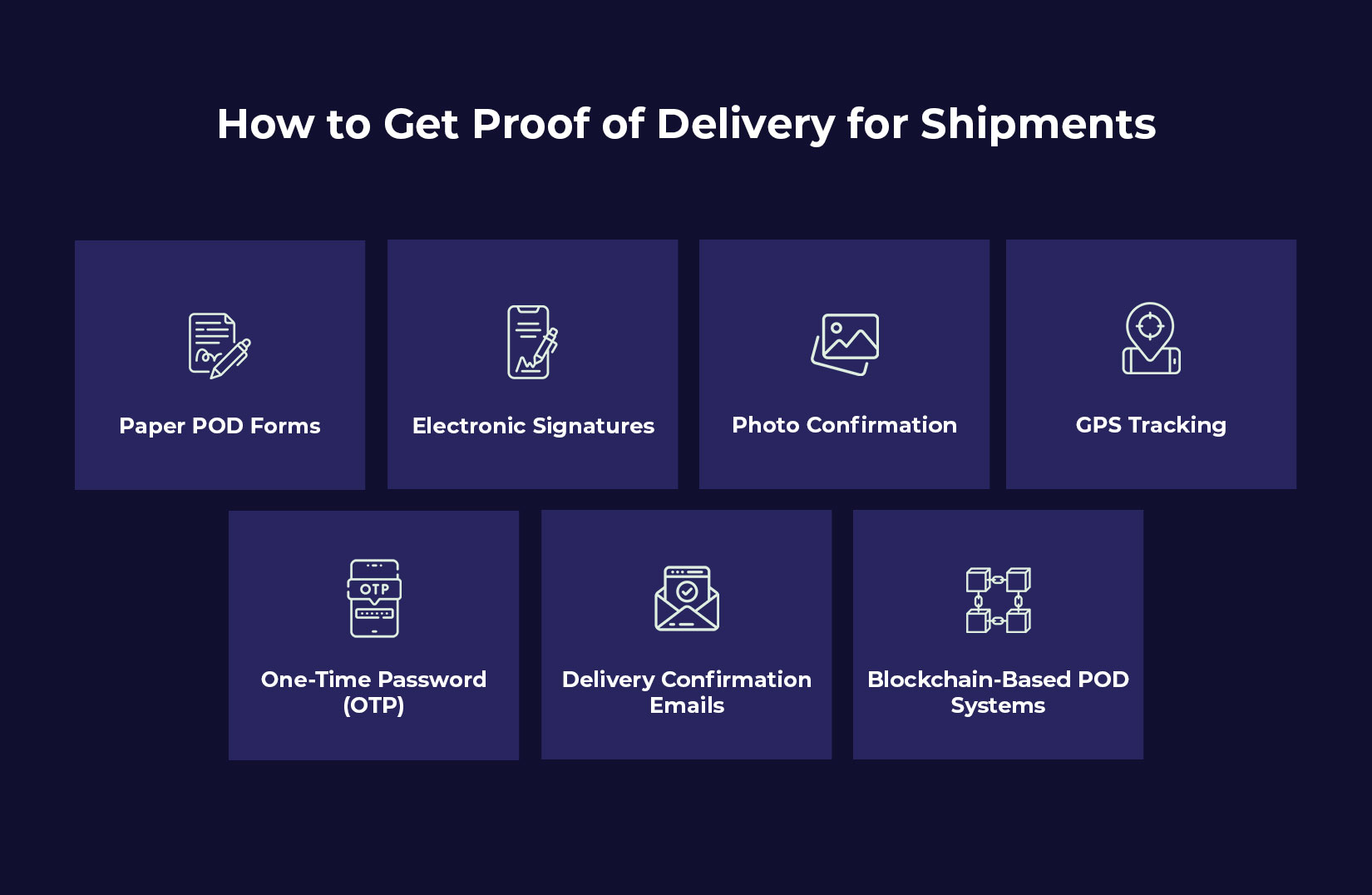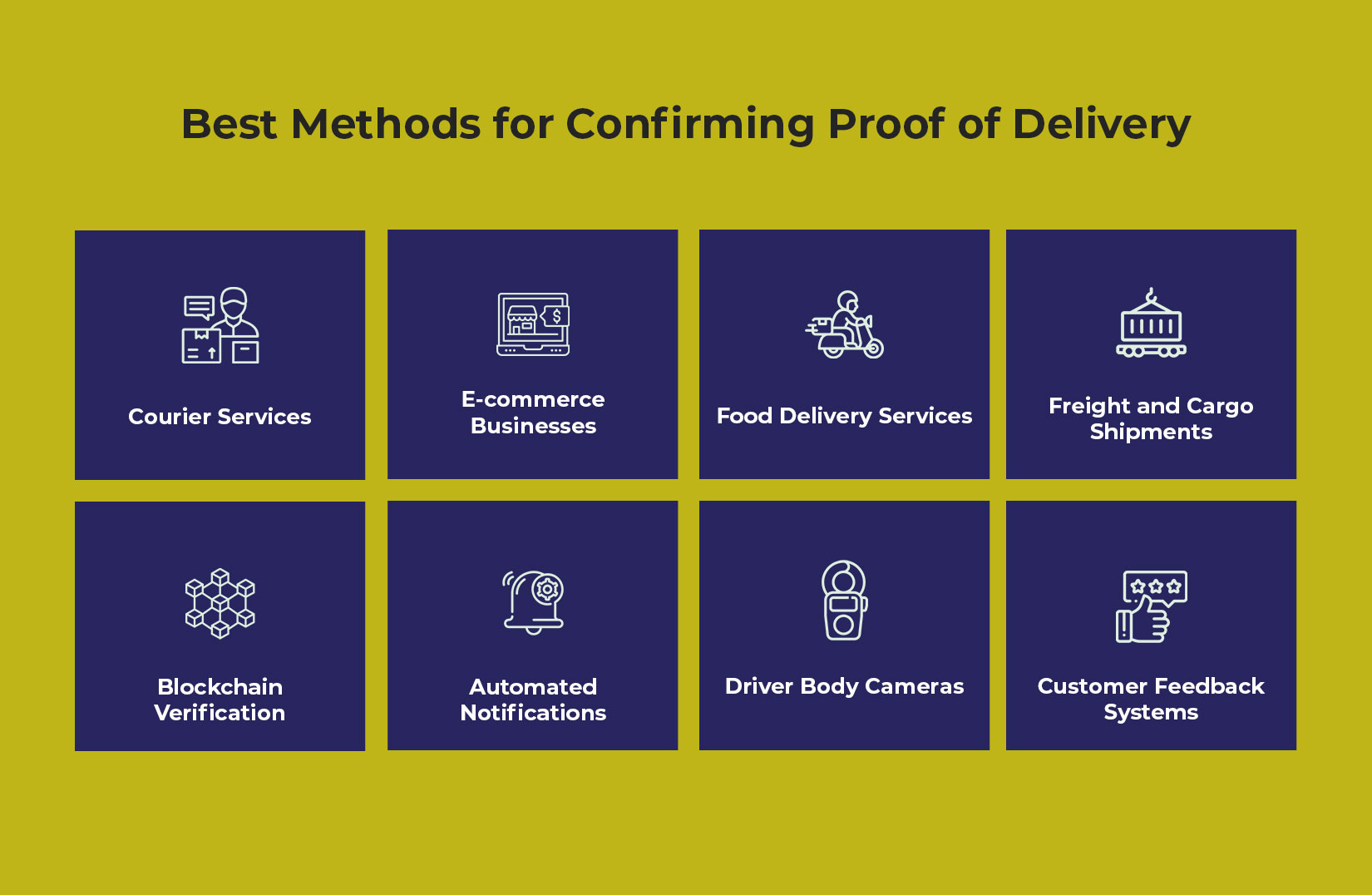
Sign Here! The Secret Sauce of Proof of Delivery
In the fast-paced world of logistics, ensuring that shipments reach their intended destinations is crucial. Proof of delivery (POD) is the key to confirming a successful delivery and avoiding disputes. Whether for e-commerce, food delivery, or courier services, having a robust POD system ensures transparency and accountability in the supply chain.
What is Proof of Delivery and How Does It Work?
Proof of delivery is a document or digital record confirming that a shipment has been delivered to the recipient. It typically includes essential details such as the recipient’s name, date and time of delivery, and the delivery person’s signature. Some advanced systems even capture photos or GPS coordinates to enhance accuracy.
In traditional logistics, POD was primarily paper-based, requiring recipients to sign a physical document. However, with digital advancements, electronic proof of delivery (ePOD) has become the norm. This allows businesses to capture signatures electronically, upload delivery photos, and track real-time data.
How to Get Proof of Delivery for Shipments

Securing proof of delivery for shipments depends on the method used. Here are the most effective ways:
1. Paper POD Forms:
The traditional method where recipients sign a document upon delivery. While reliable, it can be prone to loss or damage.
2. Electronic Signature:
Digital platforms such as ePOD apps enable recipients to sign electronically using a smartphone or tablet. These signatures are securely stored, minimizing paperwork and administrative workload.
3. Photo Confirmation:
Couriers take a photo of the package at the delivery location, providing visual proof that the shipment reached the correct address. This is commonly used in e-commerce and food delivery services.
4. GPS Tracking:
Advanced logistics systems log the exact delivery location and timestamp. GPS verification ensures accurate tracking and adds an extra layer of security, particularly for high-value shipments.
5. One-Time Password (OTP):
A secure, unique code is sent to the recipient via SMS or email. The recipient must provide this code to the delivery driver, ensuring that only the authorized person receives the shipment.
6. Delivery Confirmation Emails:
Businesses send automated emails requesting the recipient to confirm receipt. This method works well for non-urgent shipments and high-value deliveries requiring additional acknowledgment.
7. Blockchain-Based POD Systems:
Some companies are exploring blockchain technology to create tamper-proof, verifiable records of deliveries, ensuring transparency and authenticity.
Best Methods for Confirming Proof of Delivery

Different industries require different POD methods based on their needs. Below are some of the best ways businesses can confirm deliveries:
1. Courier Services:
Digital signatures and GPS tracking enhance efficiency and security. These methods provide real-time tracking and verification, reducing fraudulent claims and lost shipments.
2. E-commerce Businesses:
OTP verification and photo proof help prevent fraudulent claims. Digital confirmations reduce disputes, ensuring smooth transactions between buyers and sellers.
3. Food Delivery Services:
Time-stamped photos and customer acknowledgment ensure a seamless experience. Food delivery companies increasingly rely on visual proof and digital signatures to prevent complaints and unauthorized refunds.
4. Freight and Cargo Shipments:
Bill of lading (BOL) and electronic receipts are commonly used for large shipments. This documentation ensures that freight carriers have recorded proof of delivered goods.
5. Blockchain Verification:
Some businesses have started using blockchain technology to provide immutable delivery records. This advanced method enhances security and provides a tamper-proof ledger of transactions.
6. Automated Notifications:
Delivery updates sent via SMS or email allow customers to confirm receipt in real time. This enhances customer satisfaction and reduces disputes over undelivered items.
7. Driver Body Cameras:
Some logistics companies equip drivers with body cameras to record deliveries as added proof. This extra layer of verification is particularly useful in high-risk delivery areas.
8. Customer Feedback Systems:
Allowing recipients to rate and confirm deliveries through an app adds another verification layer. This helps businesses track delivery performance and resolve issues efficiently.
Proof of Delivery for Courier Services
Courier companies rely heavily on POD to ensure accountability. According to a survey by Statista, the global courier and delivery services market reached $435 billion in 2022, emphasizing the need for efficient tracking and documentation. Companies like FedEx and UPS have adopted ePOD systems to enhance delivery accuracy and reduce disputes.
Electronic POD solutions also improve customer trust, as they can check the status of their shipment in real-time. These methods significantly reduce delivery fraud and missing package claims.
Proof of Delivery for E-commerce Businesses
The rise of online shopping has made POD more critical than ever. Studies show that 30% of all e-commerce orders result in return requests, often due to delivery-related issues. Implementing a secure proof of delivery system ensures that sellers have concrete evidence of successful shipments.
E-commerce giants like Amazon and Shopify use multiple POD methods, such as OTP verification, digital signatures, and delivery photos. This approach reduces fraudulent return claims and enhances customer satisfaction.
Proof of Delivery for Food Delivery Services
Food delivery services operate under tight schedules, making proof of delivery essential. Many companies now require drivers to take a photo of the food at the recipient’s door. Additionally, customers may need to enter a unique delivery code to confirm receipt.
With the food delivery industry expected to surpass $320 billion by 2029, according to Business Insider, improving POD measures will continue to be a priority. Ensuring that food reaches the correct recipient prevents disputes and enhances service reliability.
Is Proof of Delivery Legally Binding?
Yes, proof of delivery can be legally binding in many cases. It serves as a contract between the sender and recipient, verifying that the shipment was received as intended. Courts often accept POD as evidence in disputes over missing or damaged goods.
However, legal enforceability depends on various factors, such as:
– Delivery terms in the contract
– Clear recipient acknowledgment
– Authentication of electronic signatures
To strengthen the legal validity of POD, businesses should store digital records securely and ensure compliance with electronic signature laws.
Final Thoughts
Proof of delivery is an indispensable part of modern logistics, ensuring that shipments reach the right hands efficiently. Whether for courier services, e-commerce businesses, or food delivery services, having a robust POD system can improve transparency, reduce fraud, and enhance customer satisfaction.
By leveraging electronic proof of delivery, GPS tracking, and photo confirmation, businesses can streamline their operations. These technologies also help build trust with customers. As logistics continue to evolve, the future of proof of delivery will likely include AI-driven verification and blockchain security. These advancements will enable automated tracking for even greater efficiency.
Ready to streamline your deliveries and ensure reliable proof of delivery? Book a demo with LogiNext Solutions today and discover how our advanced ePOD system, real-time tracking, and smart solutions can help optimize your logistics and enhance customer satisfaction. Don’t wait—take control of your deliveries now! Click on the red button below to know more.
36







@LogiNext